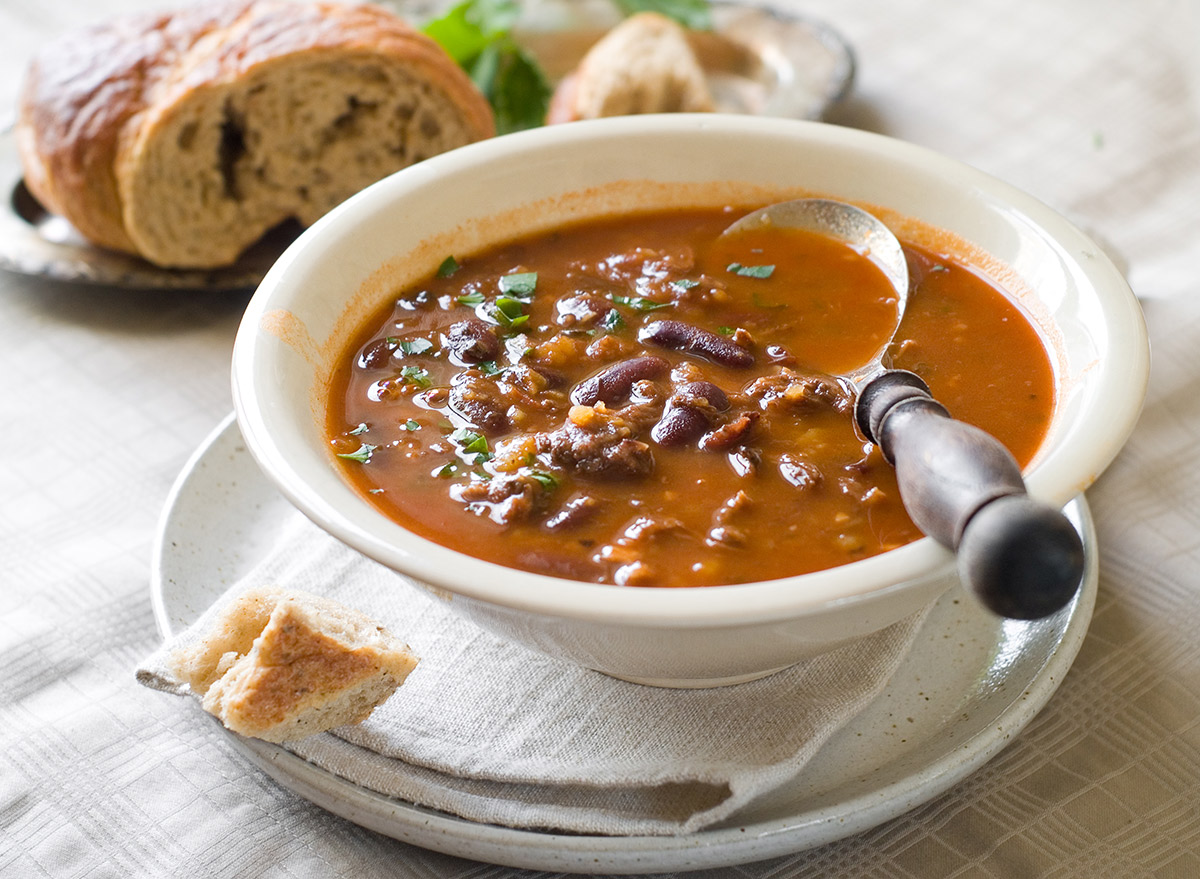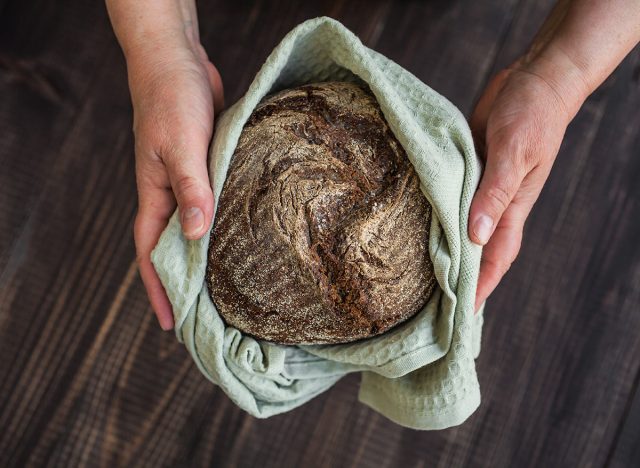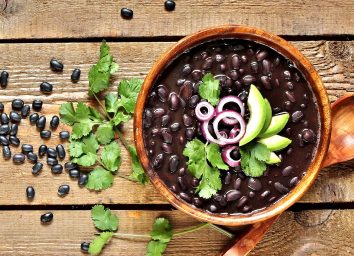The Most Common Food Eaten By The Healthiest People In The World

In a recent special edition, National Geographic did a deep-dive into the Blue Zones. The Blue Zones include five different communities across the globe that are known for having the highest concentration of residents living to be over 100. These zones, researched in-depth by author Dan Buettner, include Ikaria in Greece, Okinawa in Japan, Sardinia in Italy, Loma Linda in California, and the Nicoya Peninsula in Costa Rica.
What's particularly interesting about Buettner's research is the breakdown of different diets consumed in each region. While there isn't one specific type of diet each Blue Zone follows (they eat a variety of fiber-rich foods, vegetables, fruits, dairy, and a small amount of meat, and fish), it was easy to determine a few general themes in the types of diets these people follow. Specifically, the more common foods that are consumed.
It was clear that a majority of Blue Zone residents commonly eat a combination of healthy starches. These starches include whole grains, legumes, and potatoes. Vegetables came in a close second for each zone, along with fruit—all foods that are high in fiber and rich in plant-based nutrients.

Carbs…really?
First, it's important to note the types of carbs that are being consumed by these communities. Whole grains like oats, barley, and brown rice are commonly consumed. Bread products typically have whole grains and most of the time are made from scratch. This includes loaves of sourdough, tortillas, flatbreads, and even pasta.
Sweet potatoes are a staple for the community in Okinawa. Legumes—such as beans, chickpeas, and lentils—are also considered staples for many of the other communities. In Loma Linda, legumes and soy products are more commonly consumed, along with vegetables, while the percentage of grains in their diet is much smaller.
In a dieting world where eating ultra-low-carb is met with such high praise, these communities are welcoming healthy starches with open arms—and living the longest.
High-fiber diets linked with longevity
While the longevity of these communities is linked to all kinds of other factors (genetics, exercise, community outreach, and more), research continues to prove the link between eating a high-fiber diet and living a long life.
One study published in JAMA Internal Medicine found that diets rich in dietary fiber can reduce the risk of death from cardiovascular, respiratory, and infectious diseases.
Another meta-analysis of 17 studies from the American Journal of Epidemiology found that, for every 10 grams of fiber consumed, it cut the mortality risk for almost one million participants by 10%.
Lastly, a 2019 study in The Lancet concluded that diets high in fiber (consuming between 25 and 29 grams of fiber a day) reduced the risk of coronary heart disease, stroke, type 2 diabetes, colorectal cancer, and also helped with significantly lowering total cholesterol, blood pressure, and even bodyweight.
The 2020-2025 Dietary Guidelines for Americans says more than 90% of women and 97% of men do not get their recommended intake of fiber a day and should consume more whole grains, fruits, and vegetables to reach their goals. The USDA recommends adults up to the age of 50 to consume 25 grams of fiber for women and 38 grams for men. Adults over 50 should consume between 21 and 30 grams.
You can also get a boost of healthy fiber (and starches) in your diet by incorporating these 43 Best High-Fiber Foods For a Healthy Diet into your routine.









